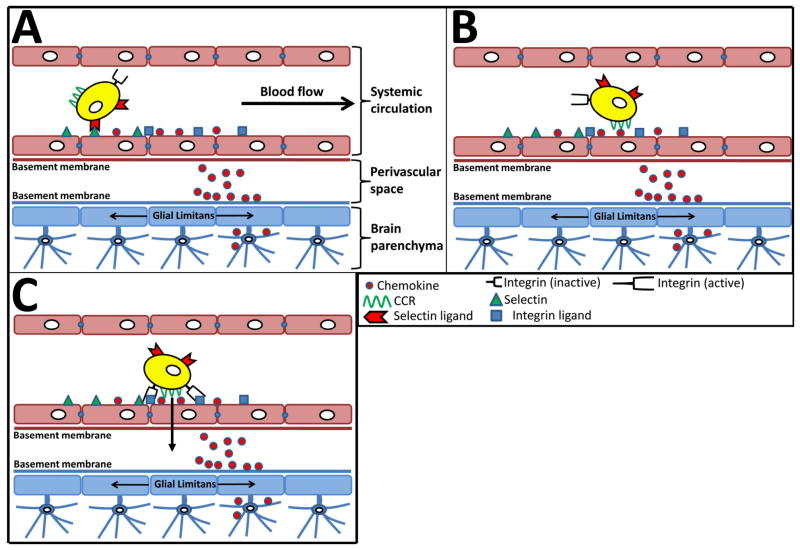Figure 2. The multi-step paradigm of T cell recruitment and trafficking across the blood brain barrier.
T cells normally traffic through the systemic circulation continuously. In the context of the brain, during periods of stress or inflammation, selectins are upregulated on the vasculature. (A) During the rolling phase, T cells that express selectin receptors interact with the selectins on endothelial cells of the brain. This interaction results in a conformational change in the integrin receptors on T cells, converting from low affinity- to high affinity-receptors. (B) The interaction of chemokine receptors on T cells with chemokines on the basement membrane and cell surface of endothelial cells activates the T cells. (C) Once activation has taken place, T cells are capable of strongly tethering to the cell surface of endothelial cells via high affinity interaction of integrin-integrin receptor interactions, prior to transmigration into the perivascular space. However, the form of transit from the perivascular space into the brain parenchyma is a hotly debated subject and is not yet firmly established.

